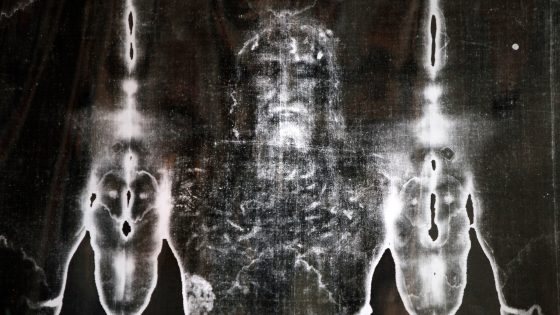The Shroud of Turin, believed by many Christians to have covered Jesus Christ’s body after his crucifixion, is shrouded in mystery. Recent findings published on 2025-08-06 20:05:00 suggest that this iconic relic may not be what it seems. A new study by Brazilian 3D designer Cicero Moraes proposes that the shroud could be a work of art rather than an authentic burial cloth.
- Shroud of Turin may be an artwork.
- 3D modeling suggests non-human imprint.
- Ongoing debates about shroud's authenticity.
- Radiocarbon dating indicates 14th-century origin.
- New research supports first-century strand.
- Digital technologies aid historical investigations.
Moraes utilized advanced 3D modeling tools to analyze the contours of the shroud, concluding that the imprint likely belonged to a statue rather than a human body. This innovative approach adds a fresh layer to the ongoing debate surrounding the shroud’s origins, which has captivated scholars and believers alike.
This revelation raises intriguing questions about the intersection of faith and science. Could the shroud have been crafted as a symbolic piece rather than a historical artifact? Consider these points:
- Moraes’ modeling suggests a statue, not a human, created the shroud’s imprint.
- Debate continues over the shroud’s authenticity, with some researchers supporting its historical significance.
- Digital technologies are enhancing our understanding of historical mysteries.

































